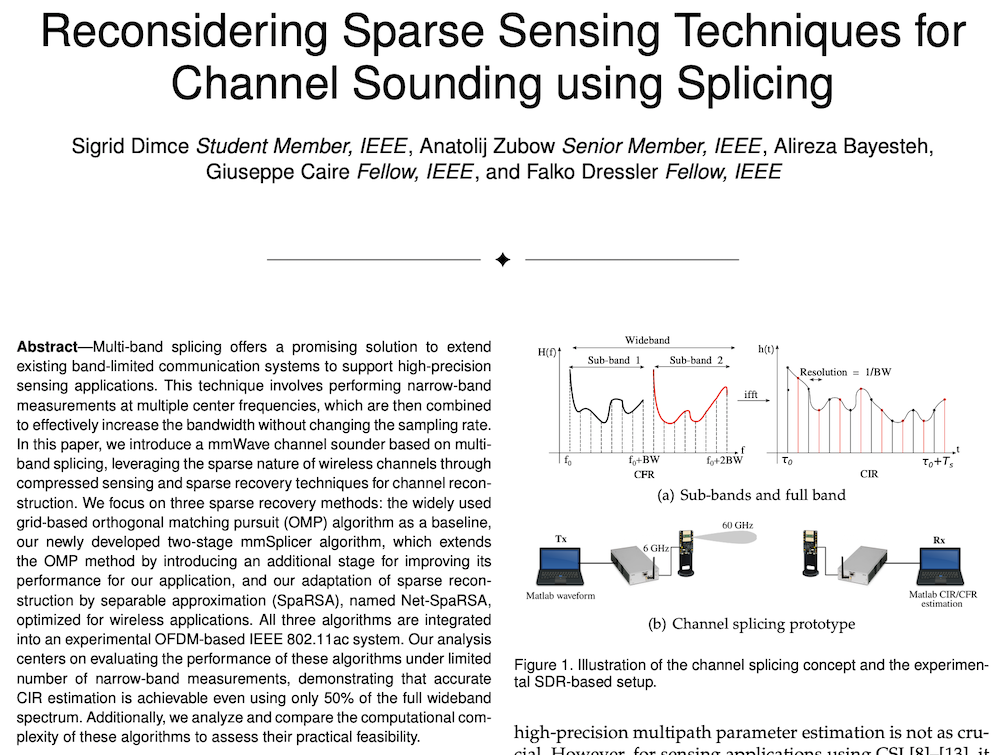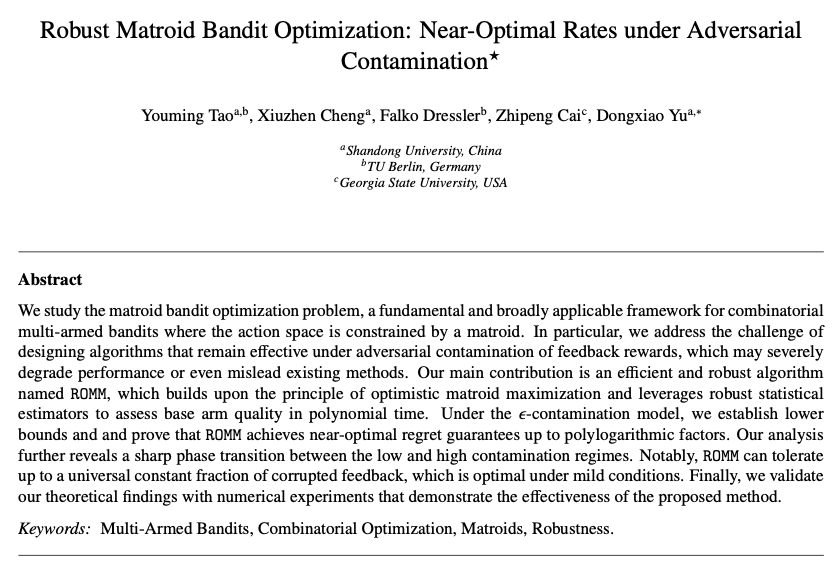Literature Database Entry
dressler2007habil
Falko Dressler, "Self-Organization in Sensor and Actor Networks," Habilitation, School of Engineering, Friedrich–Alexander University of Erlangen–Nuremberg (FAU), July 2007. (Advisors: Reinhard German, Wolfgang Schröder-Preikschat and Jürgen Teich; Referees: Adam Wolisz and Martina Zitterbart)
Abstract
Self-organization is one of the most fascinating concepts properties of many natural systems. Often, huge numbers of individual subsystems participate on a common objective. This collaborative behavior can be observed in form of visible patterns emerging on a higher level. The fundaments of self-organization are simple algorithms executed by autonomously acting systems, interactions among these systems, and probabilistic decision processes. The objective of this part is to introduce the basic concepts of self-organization and to provide a better understanding of the employed paradigms. Additionally, the basis methods are identified and analyzed. During these discussions, the main focus lies on technical systems with respect to networking, ad hoc networking, wireless sensor networks, and sensor and actor networks.
Quick access
Contact
BibTeX reference
@phdthesis{dressler2007habil,
author = {Dressler, Falko},
title = {{Self-Organization in Sensor and Actor Networks}},
advisor = {German, Reinhard and Schr{\"{o}}der-Preikschat, Wolfgang and Teich, J{\"{u}}rgen},
institution = {School of Engineering},
location = {Erlangen, Germany},
month = {7},
referee = {Wolisz, Adam and Zitterbart, Martina},
school = {Friedrich--Alexander University of Erlangen--Nuremberg (FAU)},
type = {Habilitation},
year = {2007},
}
Copyright notice
Links to final or draft versions of papers are presented here to ensure timely dissemination of scholarly and technical work. Copyright and all rights therein are retained by authors or by other copyright holders. All persons copying this information are expected to adhere to the terms and constraints invoked by each author's copyright. In most cases, these works may not be reposted or distributed for commercial purposes without the explicit permission of the copyright holder.
The following applies to all papers listed above that have IEEE copyrights: Personal use of this material is permitted. However, permission to reprint/republish this material for advertising or promotional purposes or for creating new collective works for resale or redistribution to servers or lists, or to reuse any copyrighted component of this work in other works must be obtained from the IEEE.
The following applies to all papers listed above that are in submission to IEEE conference/workshop proceedings or journals: This work has been submitted to the IEEE for possible publication. Copyright may be transferred without notice, after which this version may no longer be accessible.
The following applies to all papers listed above that have ACM copyrights: ACM COPYRIGHT NOTICE. Permission to make digital or hard copies of part or all of this work for personal or classroom use is granted without fee provided that copies are not made or distributed for profit or commercial advantage and that copies bear this notice and the full citation on the first page. Copyrights for components of this work owned by others than ACM must be honored. Abstracting with credit is permitted. To copy otherwise, to republish, to post on servers, or to redistribute to lists, requires prior specific permission and/or a fee. Request permissions from Publications Dept., ACM, Inc., fax +1 (212) 869-0481, or permissions@acm.org.
The following applies to all SpringerLink papers listed above that have Springer Science+Business Media copyrights: The original publication is available at www.springerlink.com.
This page was automatically generated using BibDB and bib2web.






